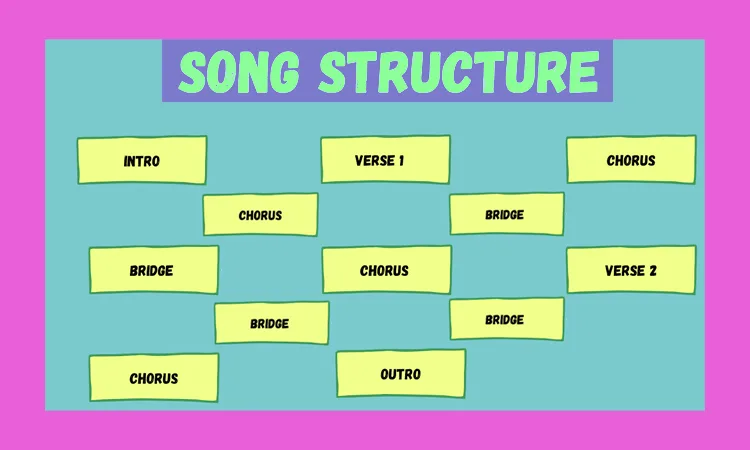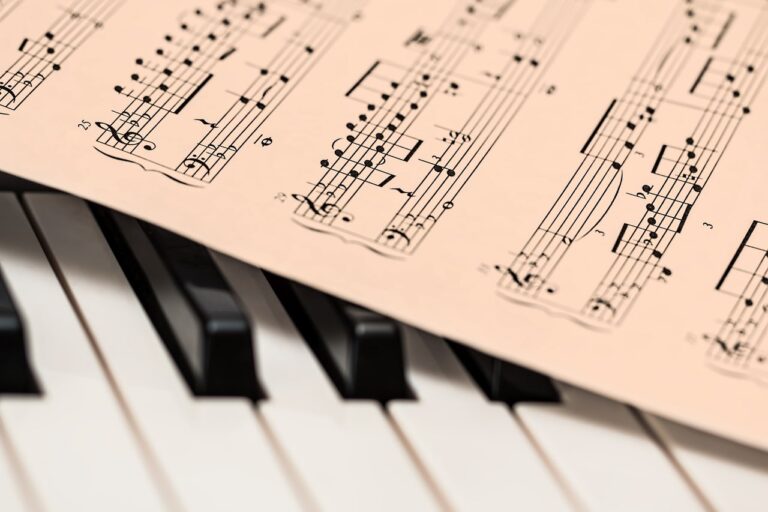
Basic chord structures and progressions are foundational elements in music composition and harmony. Chords are combinations of multiple notes played together, and chord progressions are sequences of chords used to create musical phrases and harmony. Here's an overview of basic chord structures and progressions:
Basic Chord Structures:
Triads: Triads are three-note chords consisting of a root note, a third (either major or minor), and a fifth. The most common types of triads are:
- Major Triad: Root, Major Third, Perfect Fifth (e.g., C major: C-E-G)
- Minor Triad: Root, Minor Third, Perfect Fifth (e.g., A minor: A-C-E)
Seventh Chords: Seventh chords are four-note chords that include a triad plus an additional seventh note. Common types include:
- Major Seventh Chord: Root, Major Third, Perfect Fifth, Major Seventh (e.g., Cmaj7: C-E-G-B)
- Dominant Seventh Chord: Root, Major Third, Perfect Fifth, Minor Seventh (e.g., G7: G-B-D-F)
- Minor Seventh Chord: Root, Minor Third, Perfect Fifth, Minor Seventh (e.g., Am7: A-C-E-G)
Extended Chords: Extended chords go beyond the seventh and can include ninth, eleventh, and thirteenth notes, though these are often simplified. For example, a ninth chord might be played as a seventh chord with an added ninth.
Basic Chord Progressions:
I-IV-V Progression: This is one of the most common chord progressions in Western music. It’s based on the first (I), fourth (IV), and fifth (V) degrees of a major scale. For example, in the key of C major, the I-IV-V progression would be C-F-G.
ii-V-I Progression: This progression is commonly used in jazz and other genres. It involves the second (ii), fifth (V), and first (I) degrees of a major scale. For example, in the key of C major, the ii-V-I progression would be Dm7-G7-Cmaj7.
I-IV-V-I Progression: An extension of the I-IV-V progression, this adds a return to the tonic (I) chord at the end, creating a sense of resolution. For example, in the key of C major, it would be C-F-G-C.
Minor Chord Progressions: Progressions using minor chords are common in various musical styles, such as the i-iv-v progression in a minor key. In the key of A minor, it would be Am-Dm-Em.
Blues Progression: In blues music, a common progression is the 12-bar blues, which often uses dominant seventh chords. It follows a specific pattern, typically using the I, IV, and V chords, such as C7-F7-G7.
Circle of Fifths Progression: The circle of fifths is a useful tool for creating chord progressions. It involves moving through chords that are a fifth apart. For example, in the key of C major, you might progress to G major, then D major, and so on.
Chord progressions serve as the backbone of songs and provide the harmonic structure that supports melodies and lyrics. Musicians use these progressions to create emotional and stylistic variations in their music, making them a crucial aspect of music composition and arrangement.



